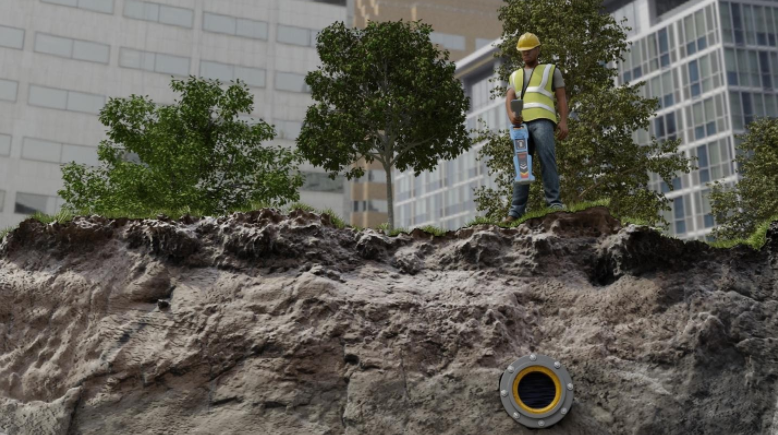Secondary Confirmation
Print this Article | Send to Colleague
Did you know that, in some cases, line locating can be inaccurate?
When it’s time to locate buried facilities, it’s up to the buried facility operator to provide a competent locator to the ground disturber. Before the line-locating process begins, you should provide the locator with all of the buried facility information you’ve gathered about the site, including information from pipeline surveys, maps, plot plans, land title certificates and as-builts. Visible indicators such as land depressions, vegetation, and new construction can also provide clues that a buried facility exists. This information helps the line locator correctly analyze the site.
While it is not the responsibility of the locator to provide confirmation on the depth of a buried facility, they should be able to reveal any inconsistencies, or variations, they find during their sweep. If the information they’ve provided isn’t consistent with the other information sources you’ve previously investigated, it is important to review all of the data again. This is known as secondary confirmation.
In a secondary confirmation, you compare all of your previous data against the site’s visible indicators and its locates to identify any inconsistencies. If the locates provided don’t meet your specifications and you don’t feel comfortable with them, make contact with the buried facility operator. In accordance with industry standards, the buried facility operator should provide you with another locator.
You might want to have secondary confirmation if:
- An interference occurred during the sweep
- The buried facility is deeper than the locating equipment’s detection limits
- The locator can’t find a buried facility that is presumed to be there
- The lines in a pipeline corridor haven’t been completely reconciled
- The locates conflict with other information sources, such as current as-built maps, or industry database site maps
- The locator appears to lack the knowledge, competence or experience to complete the tasks
Secondary confirmation methods include:
- Obtaining a second opinion: have another locator sweep the search area
- Interval hand-exposing to confirm the buried facility’s exact location.
The confirmation of line location and alignment is a necessary part of any ground disturbance. Knowing when to get a second opinion can save time, money and lives.
How can you keep your workers safe by ensuring they learn about critical topics like this? Make sure they take ground disturbance training that’s endorsed by Utility Safety Partners. To get involved or to learn more about training standards and the Training Standards Committee (TSC), contact TSCAdmin@utilitysafety.ca.
Lisa Snyman - SafetyVantage
 |

